BE REAL’s BodyKind™
High School, Body Image Curriculum
2024 Radomized Control Trial (RCT) Findings:
BODYKIND Increases Body Appreciation in Students
BE REAL’s BodyKind high school body image curriculum was tested with 1,150 high school students in Ireland in our 2024 RCT. After participating in the 4 BodyKind lessons, surveys found these students had statistically significant increases in Body Appreciation from pre- to post-survey. Teaching an evidence-based intervention that increases Body Appreciation is effective for young people suffering from body image distress in today’s world because Body Appreciation helps young people:
Accept, respect and hold favorable attitudes toward their body, while rejecting appearance ideals
Have positive self-beliefs like self-efficacy, self-compassion and resilience
Be more attuned to their own needs while being motivated to eat adaptively, move their body, and take care of themselves
Body Appreciation also leads to:
Better self-esteem, flourishing, happiness and better overall mental health
Tylka & Wood-Barcalow, 2015; Tylka, 2018 & 2019; Linardon et al., 2022 & 2023; Keyes, 2007; Homan & Tylka, 2018; Swami et al., 2023.
BodyKind Curriculum Overview
Today’s explosion of visual social media has created an epidemic of body image problems for young people. Seventy-seven percent of adolescents experience “body image distress” (Milton et al., 2021). Research ties body dissatisfaction to a host of adolescent mental health problems from eating disorders to depression, anxiety, substance abuse, and low self-esteem (McLean et al., 2022; Perkins & Brausch, 2019; Bornioli et al., 2019; Paxton et al., 2006). And, COVID made it worse (Radhakrishnan et al., 2022). There is a critical need for a body image curriculum to be taught in schools.
BE REAL created BodyKind™ to provide an research-based, high school body image curriculum to address the needs of today’s students. Our 4-lesson curriculum for high school, health or advisory class starts with what the field of eating disorder prevention has learned from 20 years of research on body image and eating disorder prevention. We’ve added a discussion of Appearance Bias–judgment based on physical features–to the conversation. We talk about how society’s preference for certain bodies affects student body confidence. We’ve also added evidence-based self-compassion tools for students to use when they compare themselves to images of people they see on social media.
“These topics are not what we usually learn in school and having this chance to be able to learn more about myself and my body was great. I hope you know that what you are doing is changing people’s lives.“
BE REAL’s Bodykind curriculum includes:
Four 50-minute lesson plans
Worksheets
In-class exercises
Classroom slides
Training videos for teachers
BE REAL’s Bodykind Lesson Summaries
Lesson 1 - Appearance Bias
Lesson 2 - Self-Compassion and Social Media
Once students become aware of appearance pressures, we analyze how these pressures show up in their lives and in the media they consume. We discuss how self-compassion is an effective tool to cope with the negative comparisons we all make to the pictures we see on social media and other places these ideals show up in our lives. Experiential exercises reframe the negative comparisons we all make in our minds to kinder, more self-compassionate thoughts that will ultimately serve students better.
Lesson 3 - Compassion for Others
Lesson 3 teaches students how to apply their newly cultivated compassion for themselves to other people in their lives. Students discuss how to create a kinder environment by quitting “body talk” and recognizing that bodies function fine in all shades, shapes, and sizes. We analyze how students’ thoughts, feelings, and actions are more positive in a kinder environment.
Lesson 4 - Taking Action
In Lesson 4 students are given the tools to become change agents. They focus on steps they can take to create a better world. We help students create their own roadmap for taking an idea from an issue to action. They will learn tested, tangible steps to create an action plan on an issue they feel strongly about, empowering them to make positive changes in their communities and greater world.

In April 2022, BE REAL trained teachers at Brooklyn Center Community High School (BCCHS) a Minneapolis, Minnesota high school with 92% students of color. BCCHS teachers delivered all four BodyKind lessons to 175 BCCHS students. Then students were surveyed by our team from UNC Charlotte to see what they thought.
In May 2023, BE REAL went back to Minneapolis for another pilot study with 300 more students, this time from Armstrong High School and Cooper High School. Our feasibility and acceptability pilot results were validated a second time.
To learn more about the BodyKind Pilot findings, download the BodyKind Pilot Factsheet.
You can read about our pilot study in the Body Image: An International Journal of Research
You can read about our cultural adaptation for Ireland in the Body Image Journal.
You can read about the Randomized Control Trial protocol we used in our 2024 RCT in Ireland in BMC Public Health.

“There are some days when I wake up and criticize myself and feel ashamed. However, I have been applying what I learned in this program and now I tell myself to stop. Stop and appreciate who I am. No one in this world is perfect. I can be happy for who I am and love myself.”
Bodykind was created by a team of International Body Image Experts
BE REAL’s BodyKind has been researched, written, and tested by an international team of academics and experts:
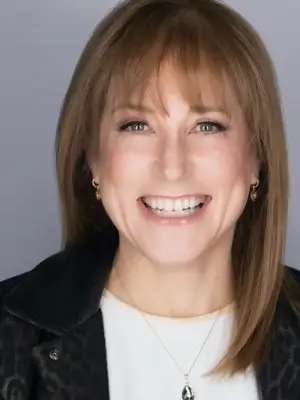
Denise Hamburger
Executive Director of BE REAL USA, Anti-Bias Antiracist certified curriculum writer, teacher, and attorney
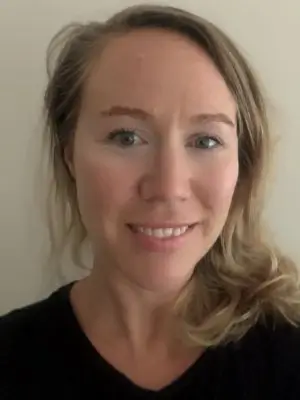
Zali Yager
Associate Professor at the Institute for Health and Sport at Victoria University; CEO, The Body Confident Collective
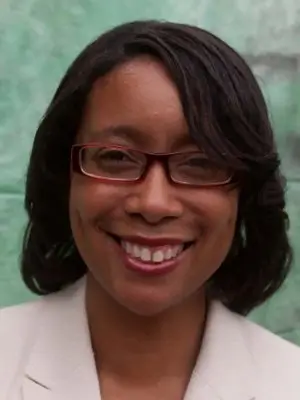
Jennifer Webb
Associate Professor in the Department of Psychological Science and Health Psychology at UNC Charlotte
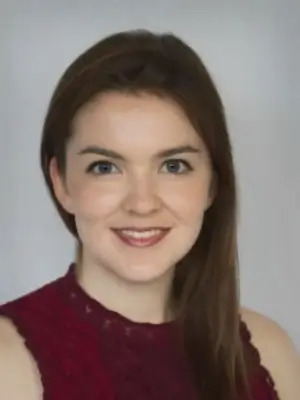
Ciara Mahon
Associate Professor in the Department of Psychology at Dublin City University
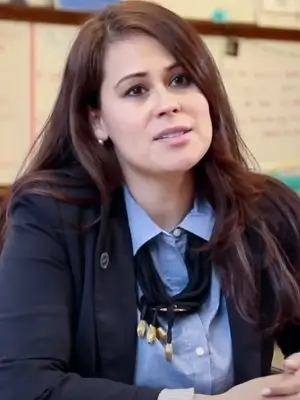
Mayra Almaraz
Social science curriculum specialist at the Chicago Public Schools, Teaching Tolerance award winning teacher
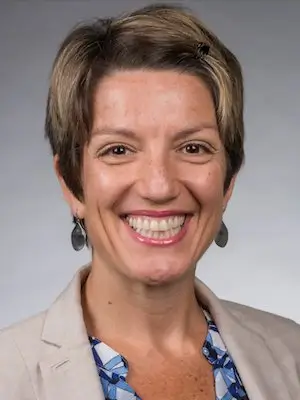
Luciana Zuest
Associate Professor of Kinesiology at Towson University. Member of the SHAPE America Board of Directors.
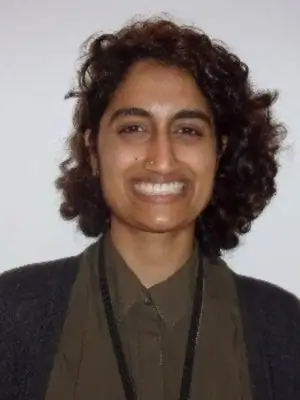
Jan Mooney
Doctoral student in the Health Psychology Ph.D. Program at UNC Charlotte
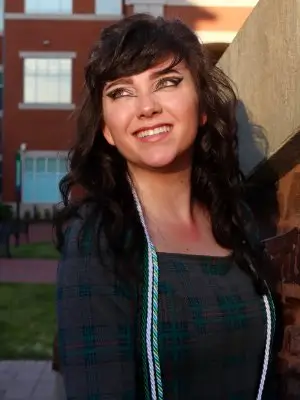
K.G. Smith
Healthcare administration graduate student at UNC Charlotte
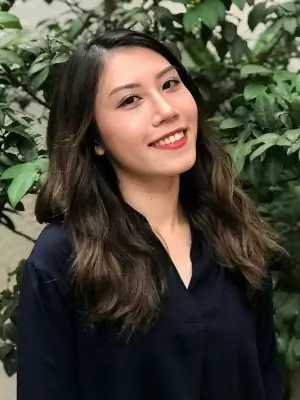
Tran Tran
Doctoral student in the Clinical Psychology and Health Psychology Department at UNC Charlotte
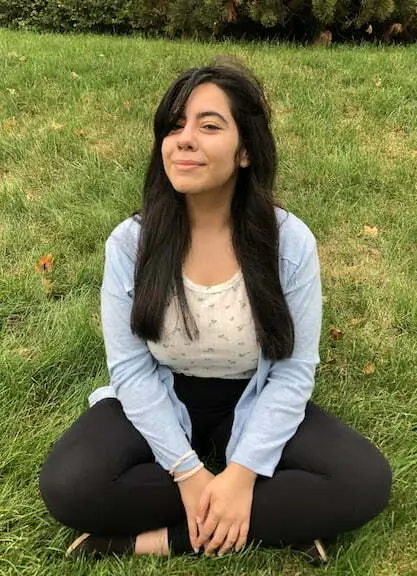
Verenice Gomez-Trejo
Pre-med junior at the University of Chicago
Be Real’s Bodykind Meets 2024 National Health Education Standards
BE REAL’s BodyKind meets the following SHAPE America’s National Health Education Standards for what students should know and be able to do after being taught BodyKind as part of a highly effective health education program.
SHAPE America’s National Health Education Standards define what a student should know and be able to do as result of a highly effective health education program.
Standard 2
2.12.1 Evaluate the interrelationships and impacts of various influences and health behaviors on health and well-being.
2.12.3 Evaluate how individual, interpersonal, community, societal, and environmental influences and factors affect health equity.
2.12.4 Formulate strategies to manage influences that impact health and well-being.
2.12.5 Use resources to manage influences that impact health and well-being
Standard 4
4.12.10 Communicate with empathy and compassion.
Standard 7
7.12.2 Evaluate practices, behaviors, and other factors supporting individual and collective health and well-being.
7.12.4 Demonstrate a variety of practices and behaviors supporting individual and collective health and well-being.
Standard 8
8.12.2 Advocate for health issues either collaborativelyor individually to promote health and well-being
How to get BE REAL’s Bodykind High School Body Image Curriculum

Individual Teachers
View a 70-minute video on Body Confident Schools, and take a 11-question test. When you get 90% on the test you get access to the following for free:
The BodyKind curriculum:
- The BodyKind Toolkit (45 pages)
- Lesson Plans
- Worksheets
- Pages of helpful information for you to teach it in class
- Google or Powerpoint Slides for Class
- Understanding Others Body Stories (PDFs)

Zoom Group Training
We will train your group on Zoom for 3 hours on how to create a body confident school environment. We will go through best practices for teaching the BodyKind curriculum and discuss specific issues at your school.
$1500 for a 3-hour training
$2000 for a full-day training
Optional: Each participant can take an 20-question test to become a BE REAL Ambassador
For access to the BodyKind curriculum teachers will be directed to take an 11-question test. When teachers get a 90% on the test they will be given access to:
- The BodyKind Toolkit (45 pages)
- Lesson Plans
- Worksheets
- Tips and Tools for Teaching
- Google or Powerpoint Slides for Class
- Understanding Others Body Stories (PDFs)

In-Person Group Training
We will train your group in person for 3 hours on how to create a body confident school environment. We will go through best practices for teaching the BodyKind curriculum and discuss specific issues at your school.
$1500 a for 3-hour training plus travel expenses
$2000 for a full-day training plus travel expenses
Optional: Each participant can take an 20-question test to become a BE REAL Ambassador
For access to the BodyKind curriculum teachers will be directed to take 11-question test. When teachers get a 90% on the test they will be given access to:
- The BodyKind Toolkit (45 pages)
- Lesson Plans
- Worksheets
- Tips and Tools for Teaching
- Google or Powerpoint Slides for Class
- Understanding Others Body Stories (PDFs)
Group Training Request Form
Please fill out the form below to request Virtual Group Training for your team. We will be in touch with you in the next few days to start the process.
In-Person Group Training Request Form
Please fill out the form below to request In-Person Group Training for your team. We will be in touch with you in the next few days to start the process.

